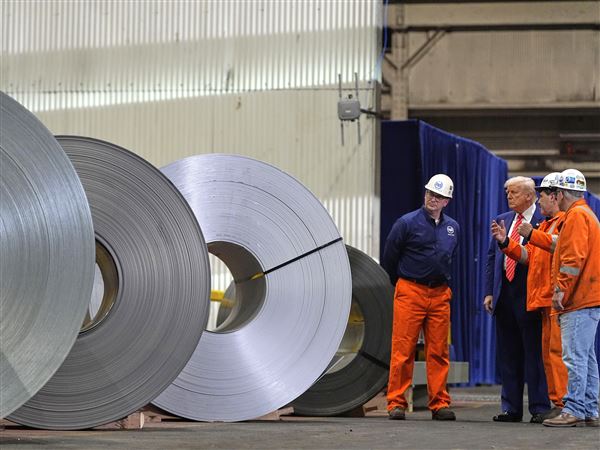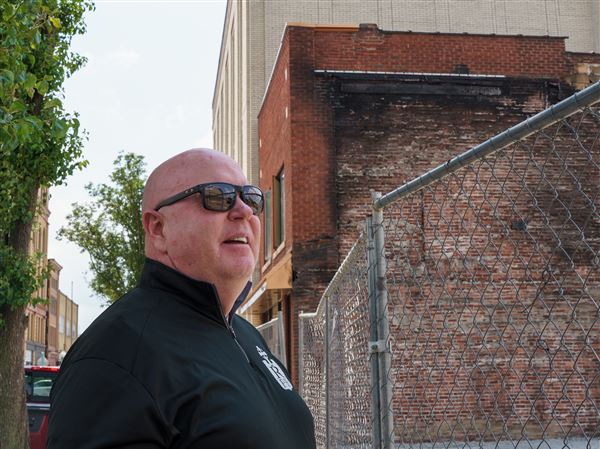The revelation that the human cloning work of Hwang Woo-suk was a pack of lies has dismayed, but not dissuaded, human embryonic stem-cell researchers.
 If it barks like a clone, it's a clone: Snuppy appears to be the real thing
If it barks like a clone, it's a clone: Snuppy appears to be the real thing
"Disappointing" was a common reaction by scientists yesterday after an investigative panel at Seoul National University in South Korea announced its conclusion that Dr. Hwang had faked the stem-cell lines he had supposedly derived from cloned human embryos.
"Not only has stem-cell research been set back two years, but literally thousands of patients may die because the research has been held up," said Dr. Robert Lanza of Advanced Cell Technology, a Worcester, Mass., biotech company.
But research groups vowed to continue on, with several saying they again will attempt to do what Dr. Hwang claimed to have done.
The culpability of Gerald Schatten, the University of Pittsburgh scientist who was a co-author of one of Dr. Hwang's discredited papers, remained unclear yesterday. The Seoul investigators didn't apportion blame, but simply determined which research findings were real and which were phony.
A six-member panel continues to investigate the role of Dr. Schatten and other Pitt researchers in the South Korean studies. It now appears the Pitt panel's work will take longer than expected and probably won't be finished until at least early next month.
Jane Duffield, a university spokeswoman, explained that the Pitt panel is at a disadvantage compared to its South Korean counterpart because most of the research data, biological samples and scientists involved in the research are in Seoul.
Many U.S. colleagues find it hard to believe that Dr. Schatten, a recognized authority on primate reproductive biology, would risk his reputation by knowingly putting his name on fraudulent research.
"He's a pretty nice guy, actually," said Stanford University's William Hurlbut, a member of the President's Council on Bioethics. "I'm sorry to see all this go down."
Dr. Schatten's name may have shielded the claims of Dr. Hwang from closer scrutiny, Dr. Lanza said.
"When you have a name like that on a paper, it disarms the critics," he said, adding that he hopes research journals now will require authors to be willing to submit their work for independent testing.
Donald Kennedy, editor in chief of Science, said the journal is considering new procedural safeguards to reduce the chance of fraud. The journal already is implementing new methods for detecting images that have been altered, though he acknowledged the new method likely would not have uncovered the faked images in Dr. Hwang's papers.
Dr. Lanza, whose company was hotly pursuing the cloning of human embryos to obtain stem cells at the time Dr. Hwang first announced his purported breakthrough, said the fraud stifled his research.
His source of hard-to-get human eggs dried up, and the company redirected its money to other projects. Had that not occurred, he maintained, "we would have had a paper published by mid-2004."
That work is about to get under way again.
Being able to produce stem cells from cloned embryos has been considered crucial to the dream of someday treating Parkinson's disease, diabetes and other diseases by regenerating tissues from embryonic stem cells.
A spokesman for the Harvard Stem Cell Institute said that group also might soon start projects to produce cloned embryos, a process scientists call somatic cell nuclear transfer.
But that process has been controversial, because it requires the destruction of human embryos.
First Published: January 11, 2006, 5:00 a.m.














